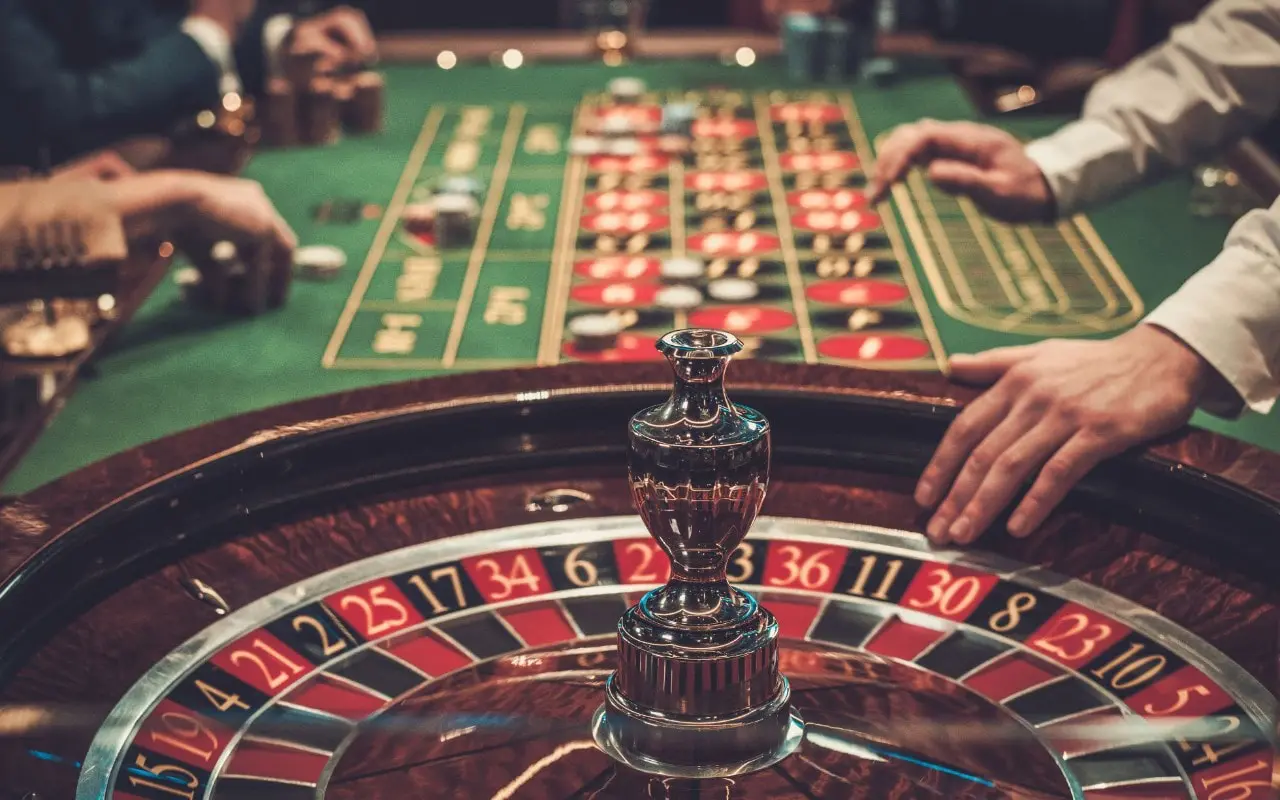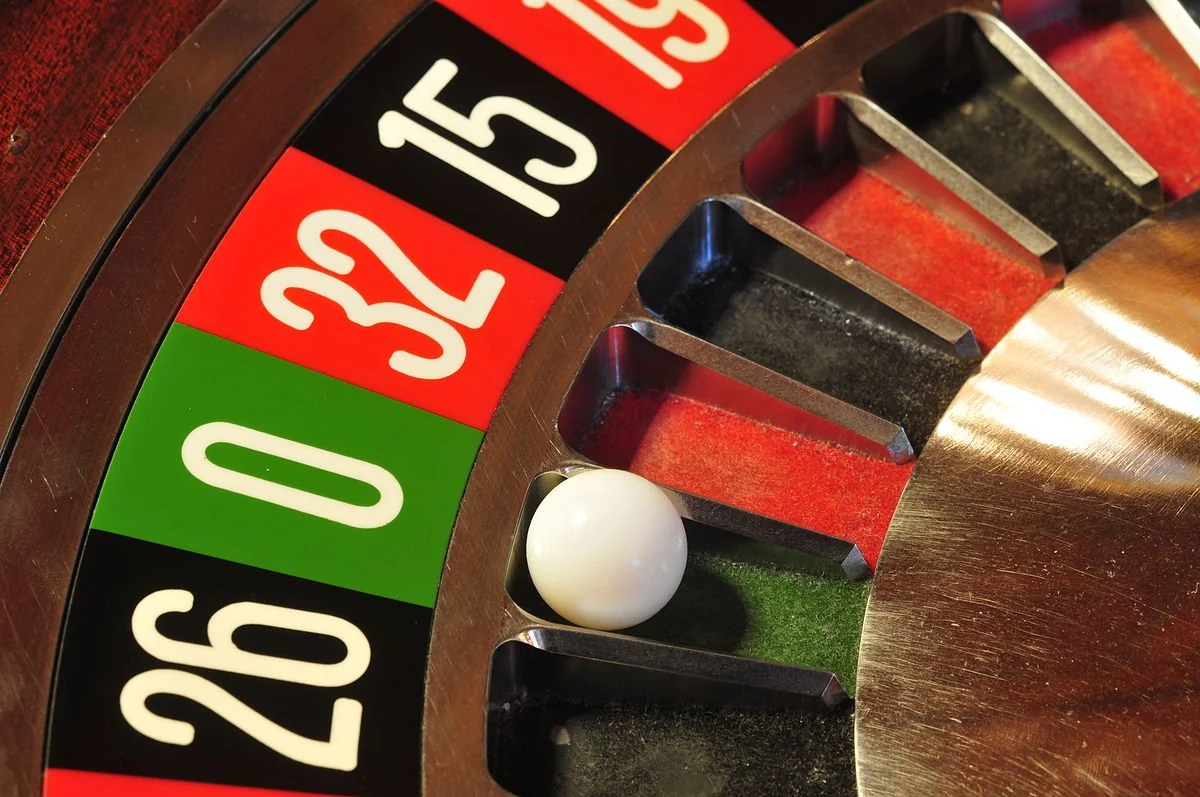Roulette Wheels Around the World – Unique Variations and Innovations
Roulette is an extremely popular casino game characterized by chance; however, its inner workings are far from random.
Blaise Pascal, a French mathematician who wanted to build a perpetual motion machine, first conceptualized the roulette wheel as we know it today – with numbered pockets and two green zeros that remain essential components. His invention ultimately inspired all modern roulette wheels.
Origins
Even though roulette is one of the most beloved casino games, many players do not pay close attention to its design or manufacturer. There are various manufacturers who produce wheels of various styles.
Cammegh made history when they introduced a groundbreaking ball track and cone design in 2014. This transformation changed how balls bounce around tables and how results were obtained.
While its exact origins remain uncertain, most scholars believe roulette arose through an amalgamation of several other games – from English wheel games such as Roly Poly and Even-Odd to French board games like Hoca and Biribi – including Blaise Pascal’s 17th century French mathematician claim of creating what we now recognize as roulette as part of his unsuccessful attempt at building perpetual motion machines.
Rules
Roulette wheels and tables may appear random, but their design has been carefully planned to ensure fair odds. They adhere to stringent specifications during manufacture; thus removing any possibility for bias to arise.
While it may appear that European roulette wheels feature numbers in an unpredictable order, this is far from true. Instead, their layout has been carefully planned in accordance with the golden rule which states that black and red numbers should alternate along with odd/even and 1-18/19-36 numbers.
This seemingly random arrangement also prevents players from guessing the sequence of numbers in other sections, creating suspenseful excitement reminiscent of ancient gambling games like roulette. Winning at roulette requires more than luck alone; careful preparation goes a long way toward success!
Variations
Since the dawn of time, players have attempted to identify patterns or exploit roulette wheel bias. But modern manufacturing standards have made progress so rapid that modern wheels show no significant signs of imbalance and casinos can keep an eye on their equipment’s quality at any given moment.
However, even the most reliable roulette wheels may become compromised when players lean too heavily on them. As such, casinos must take great care to level their tables and inspect the wheel regularly to maintain its symmetry.
Roulette wheels create the thrill and drama that keeps players enthralled – their haphazard numbering creates suspense and drama that keep players guessing and on edge! An evenly spaced wheel with all odd or even numbers would not provide as much suspense or drama, hence making order of pockets so crucial to their experience.
Payouts
Roulette wheels feature indentations or pockets where the ball can land, typically from 0 to 36 on American wheels (although some also include double zero pockets). They may also include tracks and frets (metal dividers) to prevent it from leaving.
A wheel of random numbers makes it hard to spot any clear patterns for specific sectors or colors; even professional players often perceive this game as random at first glance.
Manufacturers tinker with the design of wheels by altering its pockets’ sizes and shapes as well as fret numbers and arrangements; this alters both ball bounce and scatter patterns and the outcome, giving manufacturers greater control of results.
Strategy
Even though roulette’s odds and payouts are random, betting strategies can help players improve their odds and payouts by increasing winning chances. Bets placed either inside or outside the wheel offer players various winning opportunities.
Roulette wheels and tables are carefully balanced to guarantee randomness, yet can sometimes show bias due to manufacturing flaws or wear and tear over time. Although these distortions eventually revert back to zero, these anomalies may make bets more profitable for players.
Joseph Jagger made headlines for his exploits at Monte Carlo during the 19th century, when he used an unfair advantaged wheel to win large sums of money. Modern technology has since rendered wheels less susceptible to bias.




